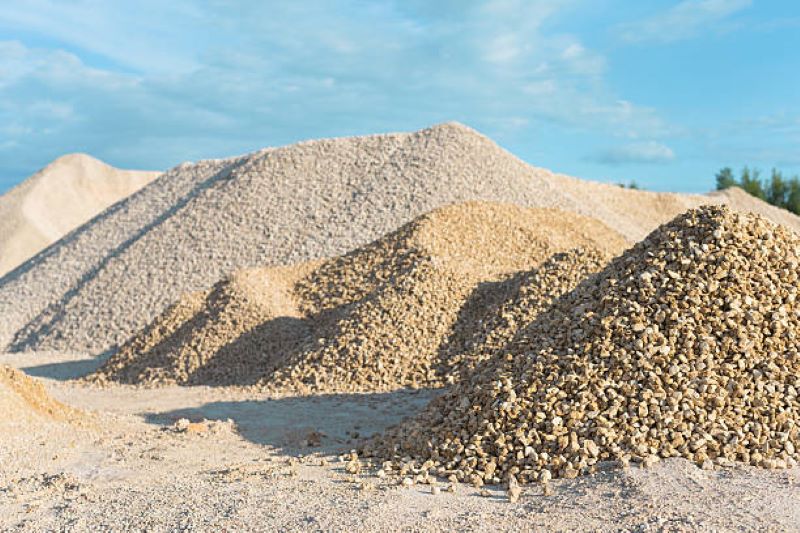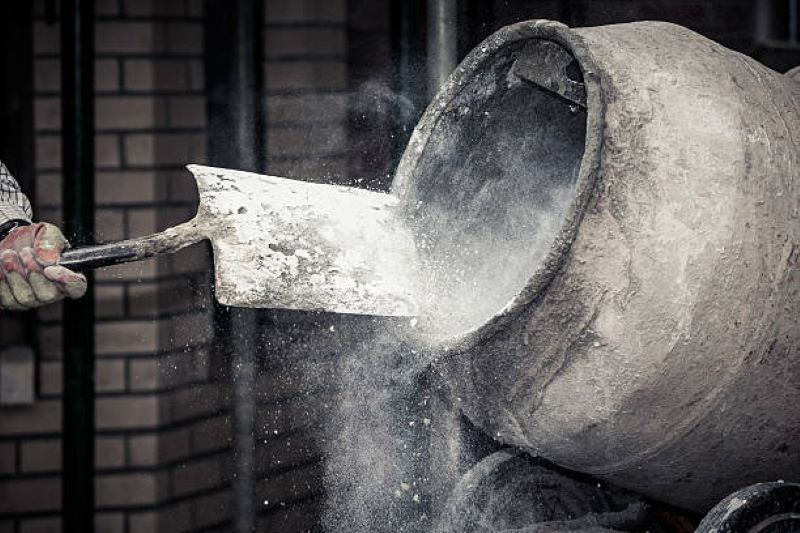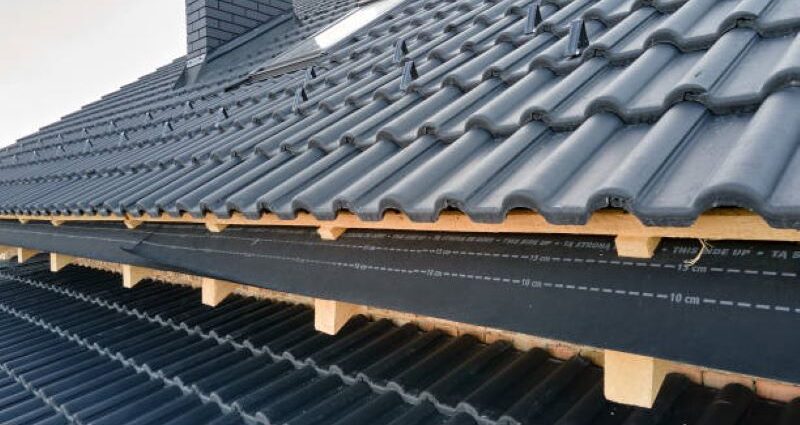Cement roof tiles have become a cornerstone of South African roofing solutions, known for their durability, versatility, and aesthetic appeal. But have you ever wondered how these essential components of our buildings are made? In this article, we’ll delve into the intricate process of cement roof tile manufacturing in South Africa.
Raw Material Selection:
The journey of a cement roof tile begins with the careful selection of raw materials. Cement, sand, and water form the foundation of this production. The precise blend of these ingredients can vary, as different manufacturers aim to achieve specific qualities in their tiles, such as strength, color, and texture. Some may incorporate additives to enhance properties like weather resistance and fire retardation.

Mixing and Molding:
The first step in manufacturing cement roof tiles is to create a homogeneous mixture of cement and sand. This mixture is achieved by blending the two components in carefully measured proportions. Water is added to form a workable paste, which is then poured into molds specifically designed to replicate the desired tile profile. These molds, made from materials like metal or plastic, come in various shapes, from classic flat tiles to more intricate designs.

Compaction:
Uniformity is essential to the structural integrity of the tiles. Vibrators or hydraulic presses are used to compact the mixture in the molds, ensuring the absence of air gaps and achieving the desired density. Proper compaction is crucial in producing tiles that can withstand the rigors of South African weather, from harsh sun to heavy rainfall.
Curing:
After molding and compaction, the tiles are left to cure. Curing is the process where the cement hardens and gains strength. It can occur in controlled environments, like curing chambers, or in open areas, depending on the manufacturer’s facilities. The duration of curing can vary but is a critical factor in determining the final strength of the tiles.
Drying and Surface Finishing:
Once cured, the tiles are typically dried to remove excess moisture. This drying phase is vital for preventing cracks and ensuring the tiles are ready for surface finishing. Some manufacturers may apply surface treatments, such as color coatings or sealants, to enhance the tiles’ appearance and longevity. These treatments can also provide added protection against South Africa’s varying weather conditions.
Quality Control:
Quality control is a rigorous aspect of cement roof tile manufacturing. At various stages of production, experts perform checks to ensure that the tiles meet industry standards and specifications. These checks encompass uniformity, strength, and overall quality, guaranteeing that the tiles will meet the expectations of builders and homeowners.
Packaging and Distribution:
Once the tiles have passed quality control, they are carefully packaged and prepared for distribution. These durable, quality-checked tiles are then ready to be shipped to construction sites, suppliers, or retailers throughout South Africa.
In conclusion, the manufacturing of cement roof tiles in South Africa is a process that combines traditional craftsmanship with modern technology. These tiles play a crucial role in protecting our homes and buildings from the elements, and the precision and care put into their production is a testament to their importance. Whether you’re looking for durability, style, or environmental sustainability, cement roof tiles are a testament to South Africa’s commitment to quality construction materials.

